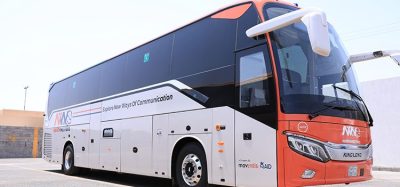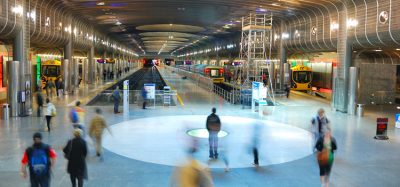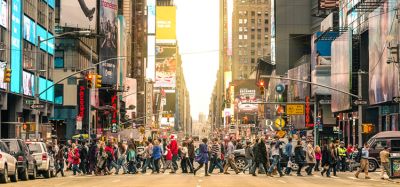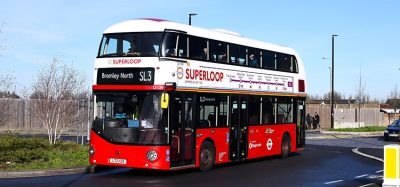Paper outlines complexities of COVID-19 control on public transport
- Like
- Digg
- Del
- Tumblr
- VKontakte
- Buffer
- Love This
- Odnoklassniki
- Meneame
- Blogger
- Amazon
- Yahoo Mail
- Gmail
- AOL
- Newsvine
- HackerNews
- Evernote
- MySpace
- Mail.ru
- Viadeo
- Line
- Comments
- Yummly
- SMS
- Viber
- Telegram
- Subscribe
- Skype
- Facebook Messenger
- Kakao
- LiveJournal
- Yammer
- Edgar
- Fintel
- Mix
- Instapaper
- Copy Link
Posted: 27 July 2020 | Sam Mehmet (Intelligent Transport)
The paper by the National Engineering Policy Centre outlined the complexities for public transport operators to find technological solutions to COVID-19 control with little evidence of their effectiveness.
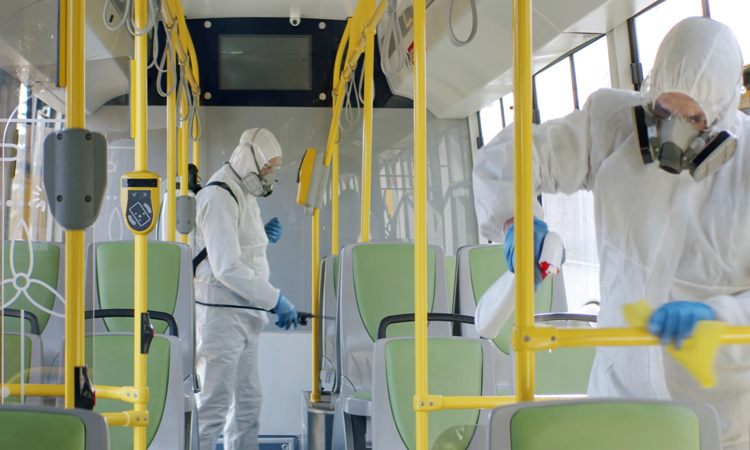

A major retrofit of public transport for infection control is underway to maximise safety for passengers and staff as people begin to move again across the world, but has been challenging for transport operators, according to a paper published by the National Engineering Policy Centre. The paper, which was put together in consultation with the transport industry, has outlined the complexity of finding technological solutions, with many new innovations available and limited evidence of effectiveness and restricted access to COVID-19 test facilities.
Engineering controls have been in place on the transport system from the early stages of the pandemic, including screens to protect bus drivers, automatic door opening and revised cleaning protocols. However, scientific evidence has suggested there may be a risk of airborne transmission of the virus, which can be reduced with an increase in fresh air through ventilation.
As such, the Royal Academy of Engineering and the Institution of Mechanical Engineers consulted their networks to collect insight into what was being done to improve ventilation and cleaning practices across the transport sector. Techniques being explored include:
- Ultraviolet air cleaning within the ventilation system
- Electrostatic treatment of airflow
- Air cleaning to filter out bacteria and viruses with high-efficiency particulate air (HEPA) filters
- Antimicrobial and antiviral surface coatings.
Different approaches are required for ventilation and surface decontamination depending on the specific type of vehicles and carriages, the authors of the paper explained, but it was noted that some transport providers have already been working together and sharing their learnings. For example, First Group Trains and Buses are now using a product initially trialled by Transport for London (TfL).
The paper highlighted that operators are also adapting transport hubs and applying digital technologies to manage passenger flow by:
- Modifying interchanges: enhanced ventilation and surface decontamination at stations and interchanges and provision of frequent hygiene points to encourage hand washing and use of hand sanitiser
- Reducing contact: No touch bins, toilet flushes and doors reduce some of the frequent touch transmission points. Voice activated information stations and mobile ticketing can reduce interaction with touch screens
- Maintaining distancing: Mobile and e-tickets that work across transport modes can help limit queuing at pinch points in stations. Seat reservation, distanced seating and temporary seat blockers are being used to uphold social distancing measures within carriages and effective communication can help avoid congestion in stations
- Protecting staff: Staff can be protected with physical barriers, and appropriate PPE is important. However, it is also important to consider how ventilation and decontamination affect drivers and staff before deploying any engineering solution.
- Monitoring: Remote monitoring of traveller numbers and early identification of signs of crowding can enable mitigation responses. Longer term data trends can also allow planning for anticipated demand peaks so transport capacity can be increased where possible.
Clive Burrows FREng, Group Engineering Director at First Group plc and a Fellow of the Academy, said: “The COVID-19 pandemic has forced the public to consider alternatives to using public transport. As the restrictions are lifted, transport operators have been working hard to reduce the transmission risks from multiple common touch points and a high turnover of passengers in close proximity throughout the day.
“The steps being taken to adjust cleaning practices and retrofit existing models are vital in the context of this and future pandemics – but they will also have additional health benefits by limiting the spread of other viruses like influenza and the common cold. Design for infection control should be considered alongside the environmental implications as we design and develop future generations of public transport.”
Related topics
COVID-19, Fleet Management & Maintenance, Public Transport, Vehicle & Passenger Safety
Related organisations
Institution of Mechanical Engineers, Royal Academy of Engineering
Related people
Clive Burrows




